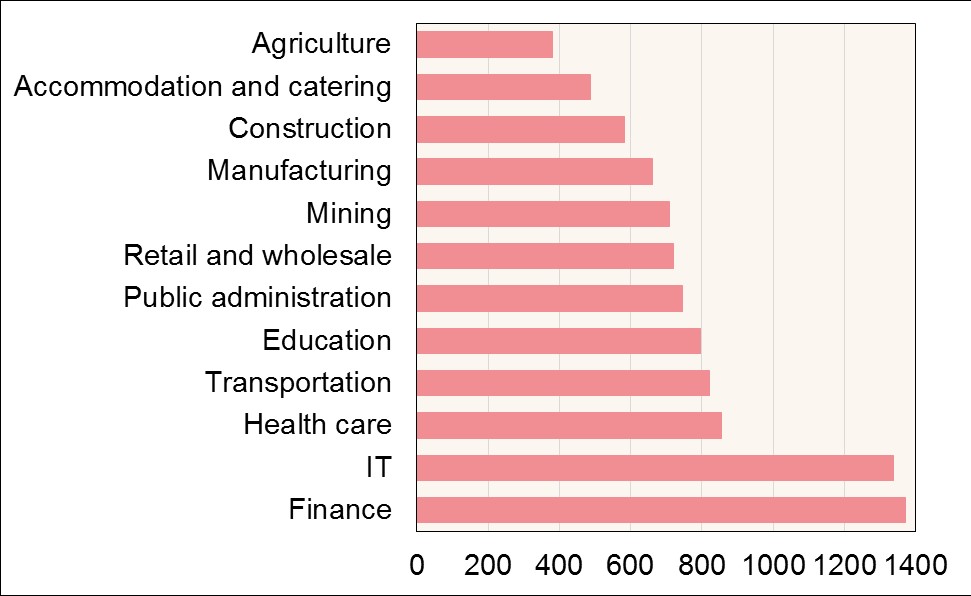BOFIT Weekly Review 27/2016
Rapid rise in Chinese wages continues
China’s National Bureau of Statistics (NBS) reports that the average monthly wage in urban areas rose about 10 % last year to 5,170 yuan (€740). The rise in nominal wages picked up slightly. Mainly due to falling inflation, the rise in real wages accelerated to nearly 9 %. Wage trends varied considerably across branches. The fastest wage rises were seen in education (18 %) and public administration (17 %), while average wages fell 4 % in the mining sector. Highest average wages by far continued to be paid in the financial and IT sectors. Rural wage growth last year was slightly higher than in cities, but the average rural wage is still well below the average urban wage.
The acceleration in nominal wage growth has raised doubts about the reliability of Chinese wage data. Household survey data suggest that nominal wage growth has slowed to 8 %. Even with problems stemming from incomplete coverage and inaccurate reporting, it seems clear that wage growth remained strong last year. Wage growth this year is expected to hold at about the same pace as last year.
Minimum wage adjustments across China also reflect the rapid rise in wages. Over the past five years, the average minimum wage has gone up about 12 % a year, about one percentage point faster than the rise in the average urban wage. Minimum wages vary considerably across provinces and even within provinces. The highest minimum wage is in Shanghai (2,190 yuan a month; 21 yuan an hour) and the lowest in certain prefectural-level cities in Guangxi province (1,000 yuan a month; 9.5 yuan an hour). Regions set minimum wages on their own, but government rules require wage levels must be reviewed at least every two years. Many regions adjust their minimum wage every year.
Compared to other countries, the rise in wages and average wage levels in China has been brisk. For example, wages in many industrial branches already exceed those of most countries in Southeast Asia. Office worker wages have also made substantial gains. The consulting firm Willis Towers Watson (WTS) noted last spring that white-collar workers earn considerably more in China than in emerging economies in Southeast Asia. WTS estimates that the entry-level wage for a white-collar worker in China is about 30 % of the US level and that top management pay in China is nearly on par with the US.
Average urban-area monthly wages by sector in 2015, in euros

Sources: CEIC, NBS